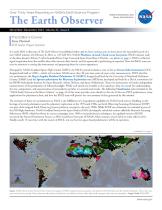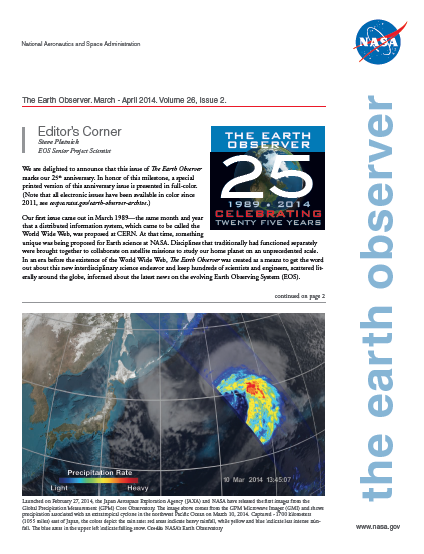- Home
- Missions
- Data
- Communications
- People
- The Earth Observer Newsletter

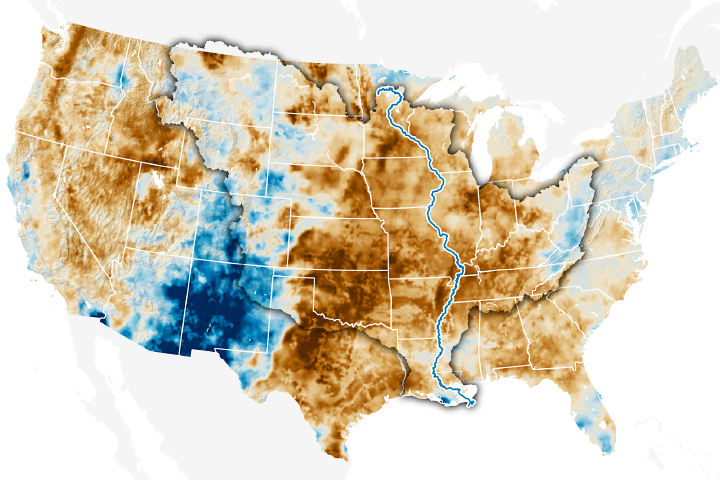

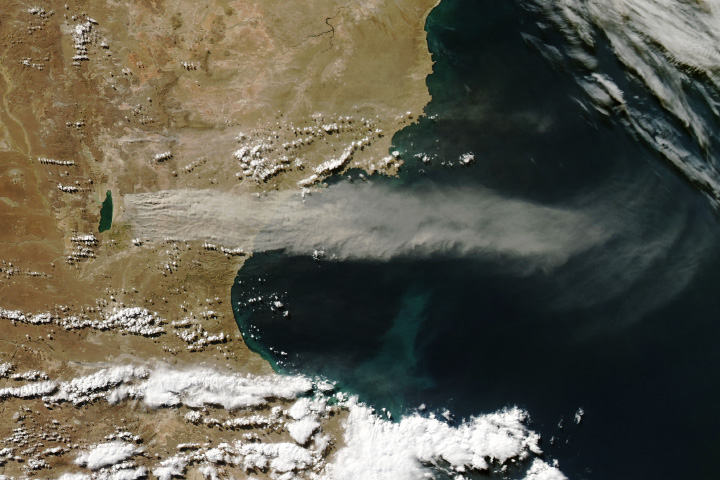
Recent Imagery
You will be directed to the NASA Visible Earth webpage when you select Images by Mission below, or click on the images at right that are randomly generated to represent four out of all possible topics.
The Earth Observer Newsletter Celebrates 25 Years
The Earth Observer Newsletter Celebrates 25 Years
Submitted by Heather Hanson on Fri, 2014-04-18 09:35
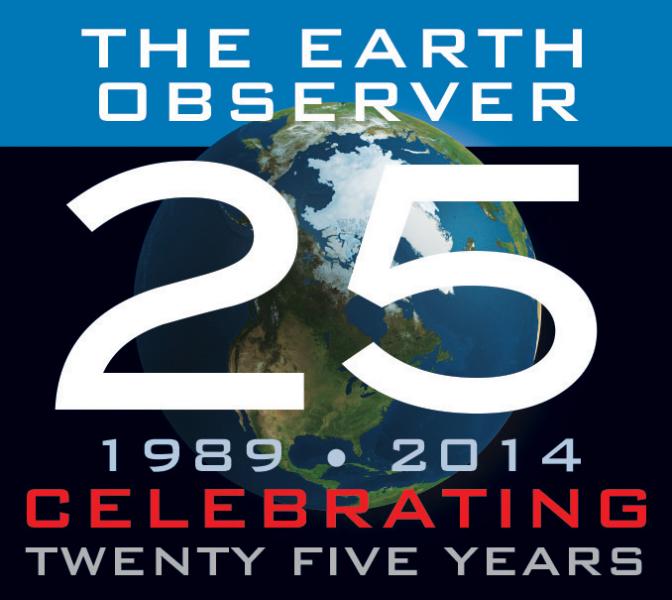
We are delighted to announce that the most recent issue of The Earth Observer newsletter marks the publication’s 25th anniversary. The full-color online version is available at eospso.gsfc.nasa.gov/sites/default/files/eo_pdfs/Mar-Apr%202014_508finalcolor.pdf. Our first issue came out in March 1989. At that time, something unique was being proposed for Earth science at NASA. Disciplines that traditionally had functioned separately were brought together to collaborate on satellite missions to study our home planet on an unprecedented scale.
In an era before the existence of the World Wide Web, The Earth Observer was created as a means to get the word out about this new interdisciplinary science endeavor and keep hundreds of scientists and engineers, scattered literally around the globe, informed about the latest news on NASA’s evolving Earth Observing System (EOS).
The Earth science of today—and the future—builds upon that foundation, and for the past 25 years, The Earth Observer has been documenting the progress of EOS and its descendants, and reporting to the Earth-science community. This unique issue includes a special anniversary article that reflects on those 25 years, including memories and reflections of some key events from NASA’s EOS history from those who participated in its development. Scattered throughout the issue are quotes (in light blue) from some of our readers reflecting on the value of the publication to them.
In addition to the 25th anniversary issue, we would also like to call your attention to a special collection of “Perspectives on EOS” articles, first of which appeared in our March-April 2008 issue with the subsequent 11 articles being published periodically until May–June 2011. Each of these contributions came from an individual that was involved in some aspect of the program from early on, many of whom are still involved today. In addition to being helpful guidance for those tasked with planning future Earth observing missions, this collection of recollections and memories from key members of the EOS program has proven to be a valuable historical resource. The collection—now compiled into a single volume—can be found at eospso.nasa.gov/earthobserver/new-perspectives-eos. If ever anyone were to write the definitive history of the EOS, the anniversary issue and “Perspectives on EOS” collection, combined with the entire volume series of the newsletter will serve as primary source material.
Along similar lines, Johnson Space Center’s Oral History Project is another excellent historical reference—www.jsc.nasa.gov/history/oral_histories/oral_histories.htm. This group has conducted interviews with “key figures” in NASA history, including quite a few involved in EOS and Earth Sciences—including, Dixon Bulter, Shelby Tilford, Leonard Fisk, and Jack Kaye. (Many of these interviews were done for the Earth System Science @ 20 recognition in 2009.) A zip file containing many of the histories that pertain to Earth science has been posted to www.dropbox.com/s/ygnaylcdneik9e4/Oral%20Histories%20JSC%20EarthSci.zip.
